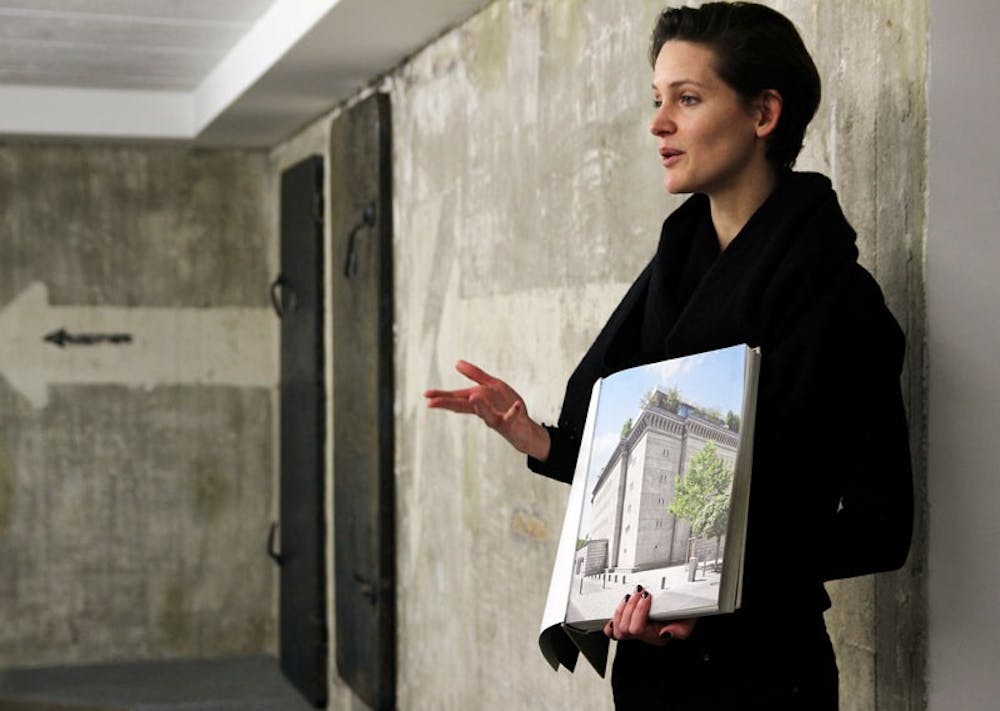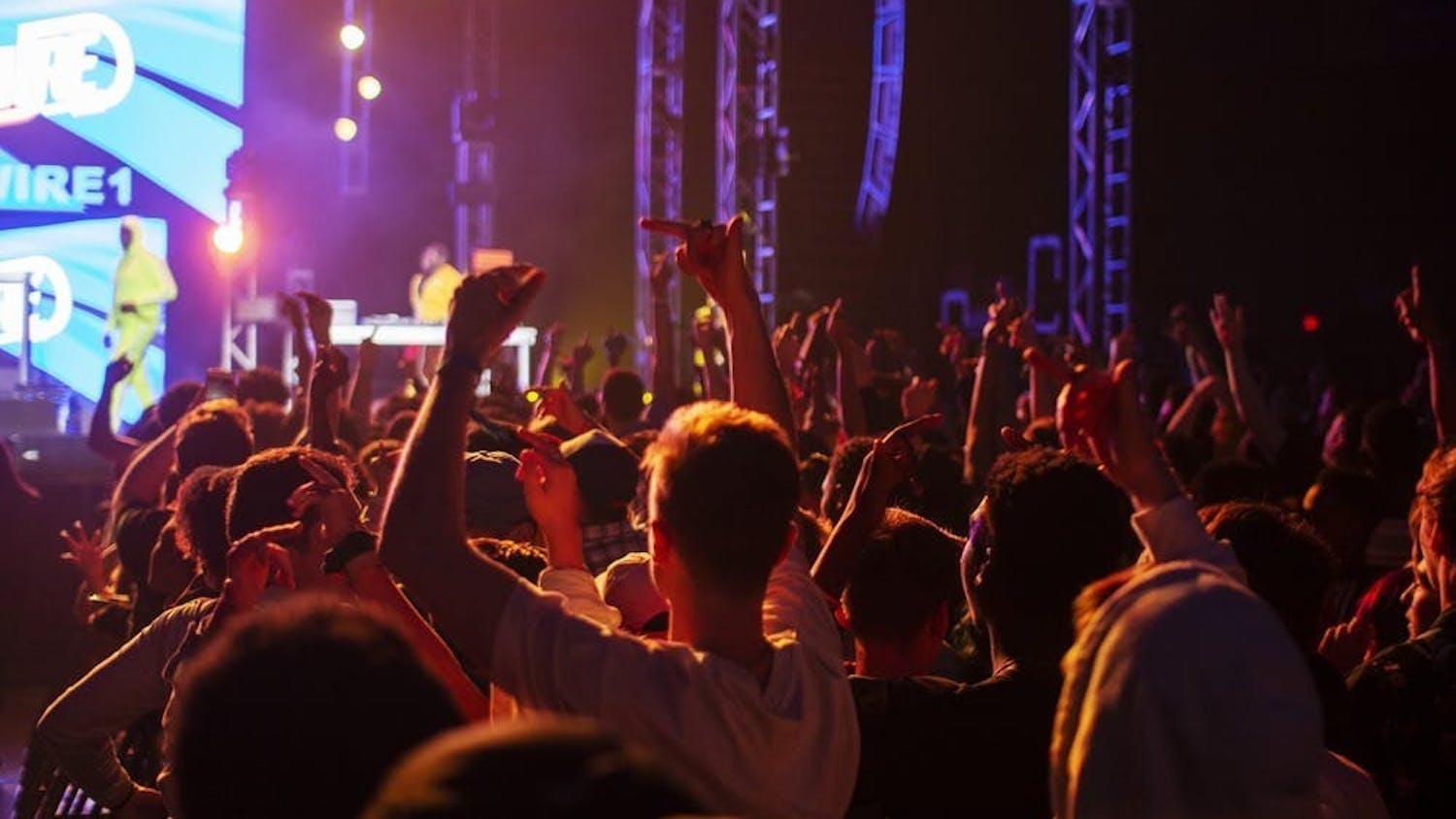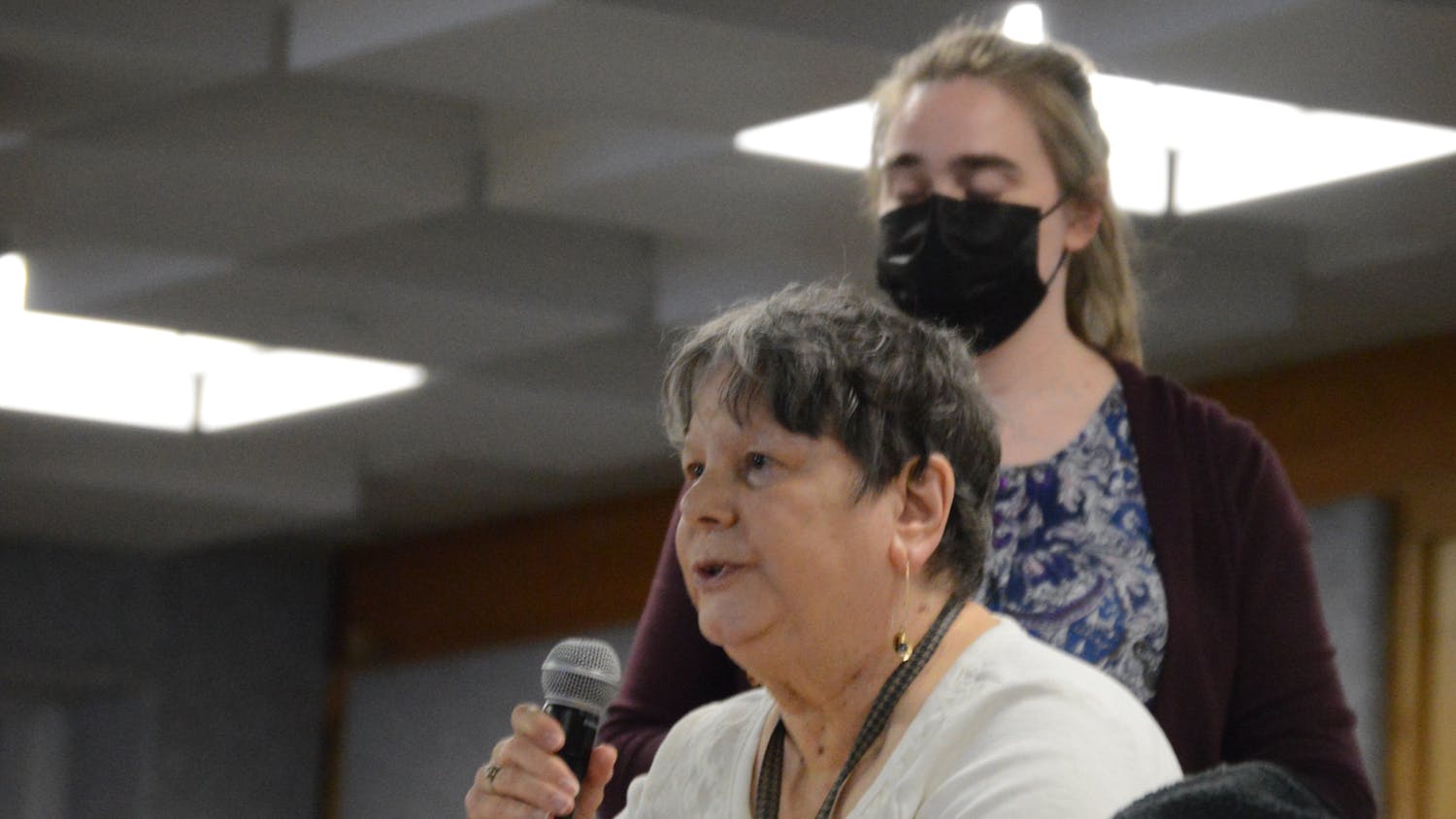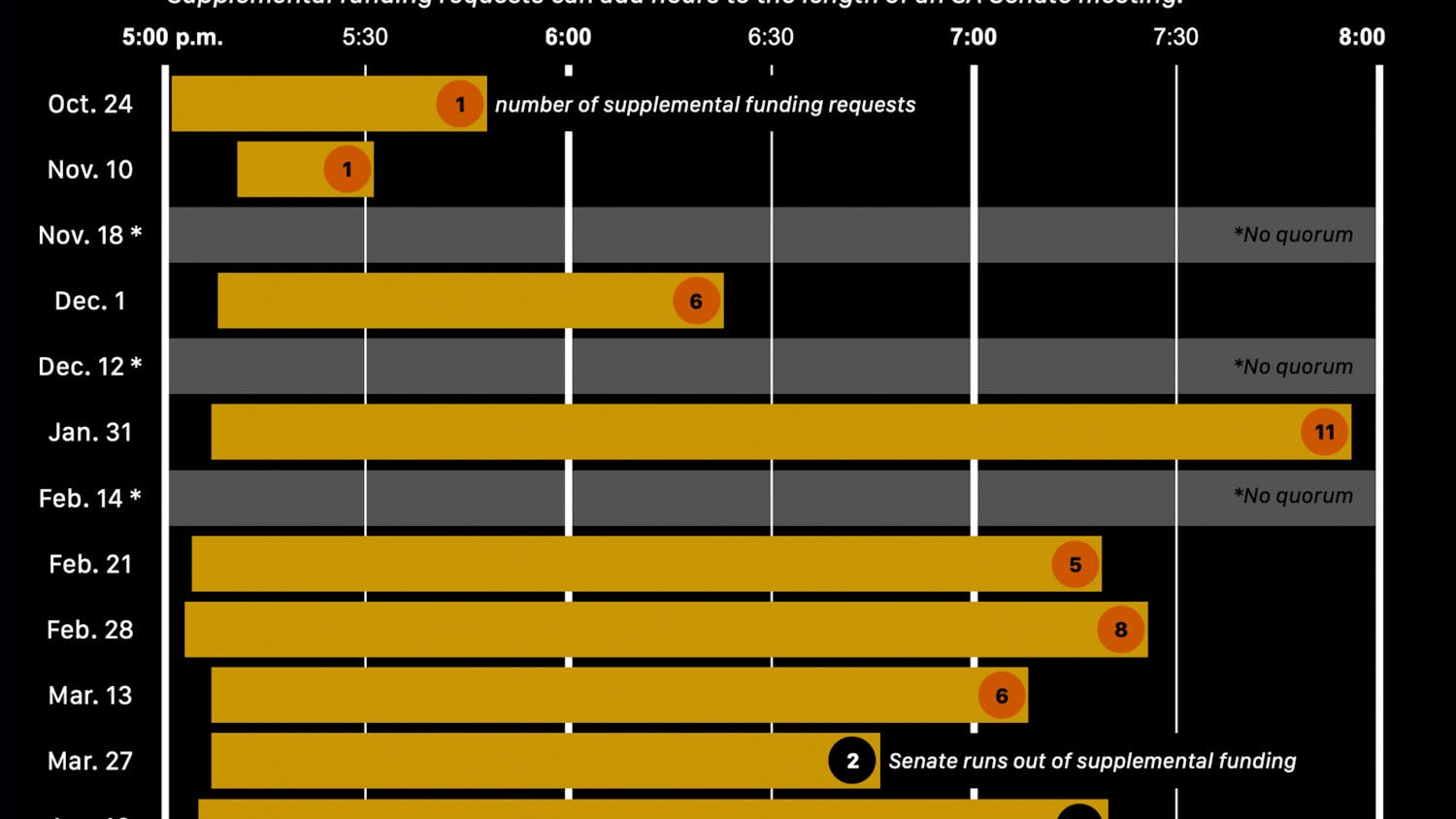Markus Zimmerman leans against a large steel door attached to three-story-high tower. He’s on guard, standing his post.
Well, in a way.
If it were 30 years ago, his uniform would be different. So would his job. He’s not dressed as a soldier, but has a gray beanie snug over his ears. He’s not carrying a gun, or in his 20s with orders to shoot and kill any East Germans fleeing West.
Instead, he’s wearing mittens and collecting money in hopes of saving this BT-6 tower, built in 1971, that housed dozens of young men who guarded Berlin’s infamous wall and shot those trying to escape until 1989.
He’s standing here because he wants to preserve history and memory. He’s also raising money to go back into the tower – 3,50 euros per tourist who wants to go inside and take a photo from the top.
He doesn’t want anyone to forget Berlin’s convoluted past as a politically and geographically divided city and the central axis of the Cold War from the end of World War II until the fall of the Berlin Wall on Nov. 9, 1989. He doesn’t want people to forget the young men who shot and those who died here.
So, he stands, usually for two to three hours a day, in front of the grim, cement 12-meter-tall structure with a round top. The tower is the last one left in its original location, an inconspicuous street near transportation hub Potsdamer Platz. Twenty-five years ago, 302 towers stood along the 87-mile long Berlin Wall. Now, only a handful remain to mark the 28-year division of this European capital.
“I live in Berlin; I like Berlin,” Zimmerman said. “I want to give Berlin a little back.”
For him, giving back means preserving and telling tourists about the tower’s history.
The tower is just one relic of Germany’s war-ravaged past. Its identity is largely shaped by the stories the structures leave behind. These structures tell tales of a past many may wish to forget: two world wars, including the brutality of the Nazi regime, the Cold War and a country divided by communism.
It’s been 25 years since The Wall fell; 70 since the Second World War ended. Yet, Berlin is still dealing with the aftermath of what’s left and how it should be preserved.
Tourism has become the city’s main economic force – it has no other significant industry and is perpetually bankrupt and dependent on federal subsidies. Today, more than 11 million tourists visit Berlin each year, not far behind staple tourist cities like London, which pulls in more than 16 million tourists annually.
But it wasn’t until the mid 1990s that German government began a push for the city to save what was left behind. That included stretches of the Berlin Wall, Nazi buildings, bunkers and sites, bullet-pocked buildings and graffiti scrawled on the Reichstag – the German parliament building – by conquering Soviet troops in 1945 that reads “Death to Germans” and “Serves you right, you sons of dogs.”
There’s an impulse to “save” more now than there was before, said Jan Fischer, the director of Northeastern University’s architecture program in Berlin. State and federal governments realized in the mid-90s that the city and country were too hasty to destroy and rebuild. It took nearly 30 years for the county to really acknowledge its Nazi past, Fischer said. Now it does so in monuments, museums and memorials – as well as preserved and repurposed buildings across the city.
But now, the city and country is still grappling with how to preserve its divided past, particularly the more obscure relics like the guard towers. After The Wall fell, developers moved in, handed the state or federal government money and East German structures began to disappear, like hundreds of guard towers. Today, only small segments of the Berlin Wall remain. The largest remaining piece, known as the East Side Gallery, is just under a mile long.

Photo by Sara DiNatale
Jörg Moser-Metius leads the guard tower’s restoration. He’s the CEO of the Berlin Wall Exhibition, the private group maintaining and restoring the tower. Moser-Metius, who has lived in Berlin since the 1970s, noticed the tower deteriorating more than a decade ago.
He shows tourists a photo of what it looked like in 2001, with broken windows and crumbling stone.
“It was not the right way to treat history,” Moser-Metius said.
He approached the City of Berlin, which still owns the tower, and asked permission to restore and care for it in 2011, opening it to tourists in 2013, after months of restoration.
That can be what it takes to save more obscure historical relics in Berlin: independent interest and money.
A few streets away from the tower, a massive air raid bunker completed by the Nazi regime in 1942, houses roughly 300 pieces of art in a private gallery, the Boros Bunker, owned by Christian and Karen Boros. The Boros have poured their own money into the structure and visitors can now book a tour of the gallery for 12 euros.
Before that, the bunker was an illegal techno nightclub and, before that, the East German government used it store fruit. It was nicknamed the “Banana Bunker.” It also housed prisoners of war of Russia’s Red Army, the air and army force of the Union of Soviet Socialist Republics, in 1945.
After German reunification, the federal government took over the structure in 1990. A private development company that says it specializes in historical preservation acquired the bunker in 2001; the Boros purchased it in 2003.
The Boroses even got permission from the city to build a penthouse, where they now live with their son, on the structure’s roof. It’s a “hochbunker,” meaning it is all above ground.
Many underground bunkers also exist. Some have been repurposed by artists. Adolf Hitler’s infamous bunker, however, was purposely destroyed – well at least sealed up and now has a parking lot on top of it – though blasting through all that concrete wasn’t easy.
Berlin, according to Fischer, is finding its place in dealing with its past and that’s what makes the city so riveting for tourists.
“It’s Berlin. It’s all worth seeing,” said Fischer, who has lived in Berlin for 25 years. “[The bunker has] found its place in the weird museum landscape. Berliners don’t find that strange. The bunker is just another piece of history that was dealt with in an imaginative way.”
Fischer added if bomb experts had tried to blow up the Boros bunker, they easily would have taken out half of the surrounding neighborhood, too.
The Boros have an amassed an eclectic collection of modern art, many from Berlin artists. Tour guides buzz through the five-story structure, leading paying groups through a maze of concrete. The walls are 4 feet thick. Although the façade of the building is protected under law and can’t be altered, parts of the inside have been blown away – a process that took about five years – to fit some of the gallery’s installations.
The Boros have given the bunker a new life, but tour guides still explain its history to tourists. It’s part of what makes the gallery unique. Some of the concrete walls still have bits of black and neon paint on them from the bunker’s days as a nightclub. The building’s lobby walls showcase original, albeit faded, painted arrows, which glowed in the days of its Nazi air shelter use.
Other structures in the city haven’t had the same inventive fate – at least not right away. ‘The Palace of Tears,’ a structure and border crossing between East and West Berlin, was also a nightclub after The Wall fell. Friends and family split up by The Wall shared painful goodbyes in front of the building, unsure when they would next be allowed to meet. People in the communist East weren’t free to travel to the West.
The building has since been turned into a museum chronicling tensions between East and West Berlin and focusing on the way the border crossing occurred.
Christoph Bichler, a 30-something Bavarian, approaches the Potsdamer Platz watchtower with a friend on a Saturday afternoon. He seems intrigued. After pondering for a few moments, he pays his 3,50 euros and climbs to the top of the tower. He maneuvers his way up the barrel of the tower, climbing its narrow ladder.
He moves around the open space at the top, peeks through the windows, waves to the few people gathered down below.
The view wasn’t special, he says. The tower is on a dead-end street. The former heavily guarded “death strip” filled with concrete and barbed wire and guard dogs is now developed, filled in by tall, modern buildings.
“It’s not very important the tower exist in this time,” Bichler says. “The surroundings have changed, so it doesn’t make much sense.”
His friend takes pause, “It’s because you’re not from Berlin,” he says.
Zimmerman remembers The Wall; he used to live in West Berlin. While those in East Berlin would be killed if caught approaching the barrier meant to keep them from escaping, those from the West adapted it into their lives.
Zimmerman remembers a basketball hoop attached to it. He said clotheslines hung off it, too. Free West Berlin existed as an island in communist East Germany. The Wall encircled it.
“When you lived with The Wall, it was like a small prison,” Zimmerman said.
Moser-Metius calls the fall of The Wall a big miracle – especially considering it was sparked by the misspoken words from an East German official, wrongly – and confusingly – declaring there was no longer a travel ban. Germany officially reunified shortly after.
Moser-Metius hopes to turn an empty plot of land nearby the tower into a museum and exhibition, to further show what it was like to live with The Wall. He’s seeking out investors. The tower, he says, brings with it a feel for the “spirit and the smell of this time.”
“It’s amazing how many people are coming and nearly everybody is moved and touched right away – it’s very emotional,” he said
Tourists pass through the tower like they pass through the Boros gallery, intrigued by structures so indicative of Berlin.
On a Sunday afternoon, Johanne Kristensen, who has been working with the gallery since July, takes the guests into a small, dark space within the bunker. On the floor lays a piece of discolored, rusted, seemingly shattered metal.
Kristensen explains the artist, Alicja Kwade, dropped a mirror to see how the glass broke. She then made duplicates of each shard in metal, which were reassembled to look just as if the metal plate crashed into the ground.
The idea, Kristensen tells her tour group, was to play with perception, to make it as if the metal was doing something it was never intended to do – fall apart.
The same could be said for the entire gallery, existing in a space meant to protect 1,200 citizens if a nearby train station was attacked. Graffiti and decades-old bullet holes are nestled into the bunker’s façade.
Berlin’s structures are used in ways they were never intended for – like the imposing Nazi air force building that now holds the country’s finance and tax ministry. Other relics, like the tower, are kept as unaltered historical reminders. It all meshes together to create Berlin’s landscape.
“If they weren’t there it wouldn’t be Berlin,” Fischer said. “It would be sterile. It would be Stuttgart.”
email: sara.dinatalie@ubspectrum.com





